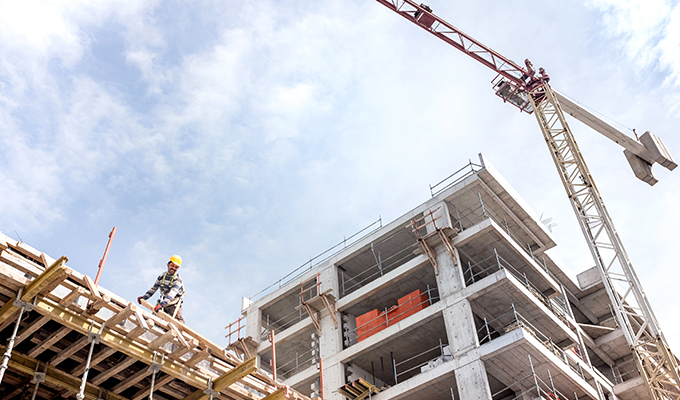Bricks and concrete may be the standard for construction, but they’re not the only materials available today. With growing environmental concerns and supply chain disruptions, they may not even be the best options. Alternative materials are an excellent solution for companies that want to save money or become more sustainable.
From reclaimed wood to high-tech polymers, there’s no shortage of alternative materials construction firms can choose. Still, some companies may be hesitant to use them, especially if they’ve never worked with them before. While these materials are abundant, firms are likely less familiar with them than with traditional options.
Why Choose Alternative Materials?
Construction is responsible for as much as 50% of climate change due to various factors. Opting for alternative, eco-friendly materials is one way the industry can reduce its environmental impact. Some materials may also improve energy efficiency throughout a building’s lifecycle, further improving sustainability.
The ongoing pandemic may also make traditional material sources unavailable. Supply chain disruptions have led to bottlenecks and higher prices, so construction and contracting companies may need to find new sources. Alternative materials provide a solution to both problems.
Finding the Right Material for the Job
As with traditional materials, not every alternative is suitable for every project. Finding appropriate alternative construction materials starts with determining the requirements of the job at hand. Construction companies need to balance factors like cost, availability, strength, aesthetics, and more.
“Alternative building materials” is a broad category, with even more variation than traditional options. In light of this variety, it’s even more crucial that companies consider their specific individual needs. Here’s a rundown of some of the most popular alternatives and what they can offer construction firms.
Recycled Materials
Recycled materials are one of the most popular subcategories of alternative building materials. Since 94% of materials Americans use are non-renewable, using recycled wood and metal can lead to considerable waste reduction. It also takes less energy to produce these resources, meaning they’re often cheaper.
Some recycled materials, like reclaimed wood, are aesthetically pleasing as well. Depending on the type of resource in question, some may not offer the same strength or resilience as new materials. While they may not work as well for structural work, they’re an excellent option for embellishing.
Natural Materials
Some sustainable alternatives come from nature, like cork, bamboo, mycelium, and adobe. These options come from natural resources that are more abundant or grow back faster than traditional sources. Even within this subcategory, there’s a lot of variation, so companies will have to look deeper into each option.
Some nature-based options, like adobe or cob, have seen use for centuries, but don’t see many modern applications. They may appear outdated or old-fashioned, but they offer considerable environmental and financial benefits. Many of them are also safe, offering fire and mold-resistant qualities.
Other Alternatives
Hi-tech, eco-friendly alternatives are also growing but may be more expensive. These newer materials may not be as accessible as others but typically offer superior performance. For example, new concrete materials are currently available on the market with advantages over traditional cement and concrete..
Some construction companies may be able to find hi-tech polymers and other lab-based solutions. While eco-friendly and reliable, many of these more modern solutions are more expensive.
Where to Source Alternative Materials
Well-managed construction projects require itemized lists of materials and delivery timelines. Since they’re not as widely used as traditional options, alternative materials may seem more challenging to source. That may be true of some of them, such as synthetic mixtures like ferrock, but many alternatives are accessible. Recycled and natural materials are often the most readily available options.
Construction companies can peruse tear-down sites or wood recycling stores for reclaimed or recycled wood. Demolition sites can provide an abundance of recyclable materials, but the quality may vary. Finding a store or organization that sells these resources is a better way to find more durable materials.
For some natural materials, companies could make the products themselves. Adobe and cob require little more than mud, sand and straw, so firms could create their own materials without much trouble. Depending on a site’s location, some teams could even source these materials from around the job site.
There are plenty of vendors for alternative materials, too. If companies can find one of these sources in their area, it may offer the highest-quality materials available with little transportation involved.
Alternative Options Will Fuel Construction in the Future
As environmental concerns continue to grow, eco-friendly construction will become more valuable. Sustainable architecture is growing, and it will likely continue to do so as the market expects more eco-friendly options. Construction companies that can adapt to this movement early will have success into the future.
Alternative materials are one of the easiest ways construction companies can go green. By adopting these resources, construction firms can improve their sustainability and become independent of volatile supply chains. When companies find alternative building materials, they can start to become a more resilient business.
About the author
Holly Welles is a construction writer with experience covering business growth, labor, and technology.


